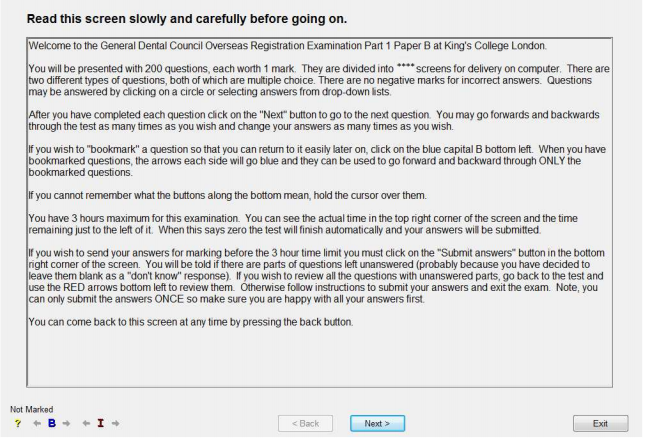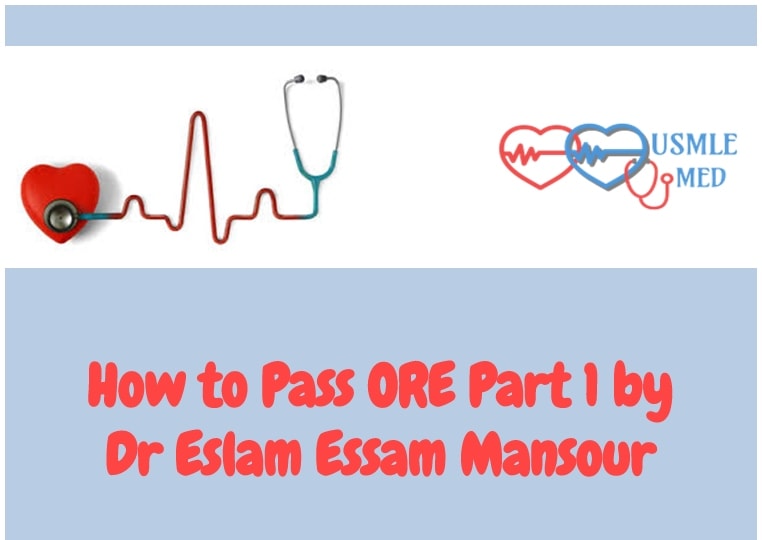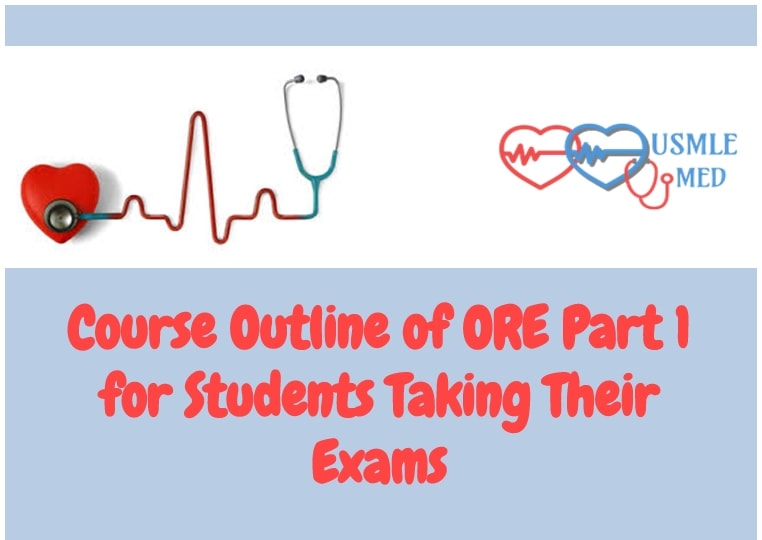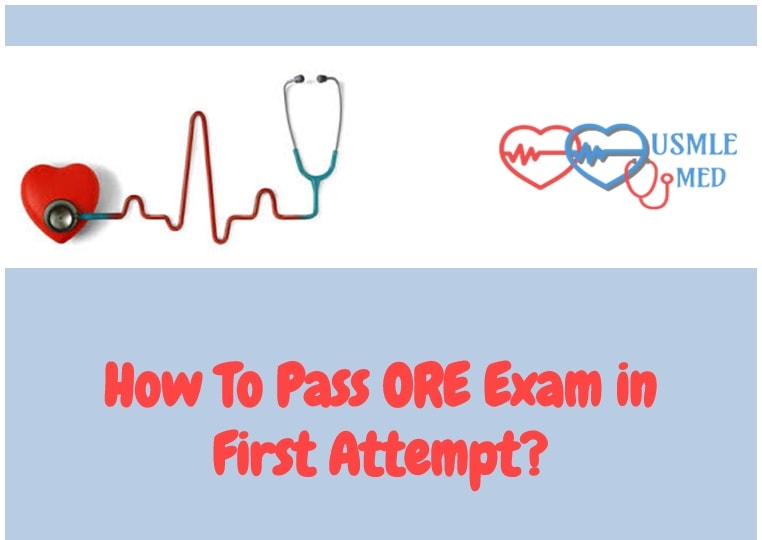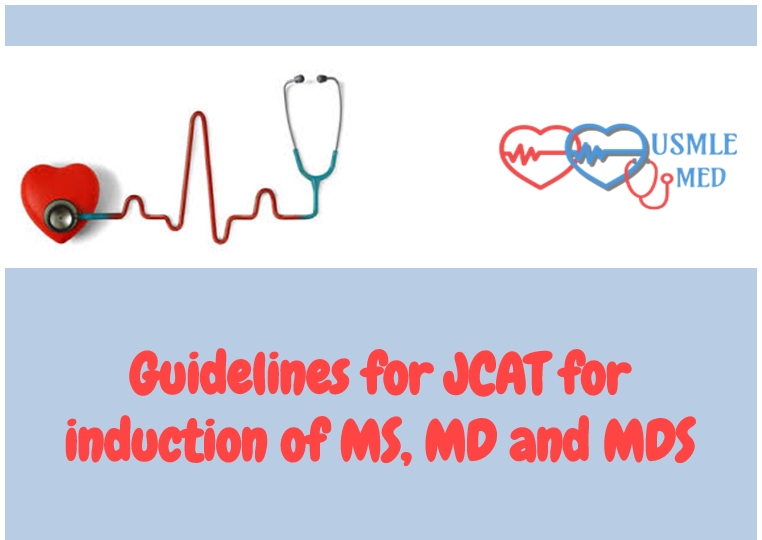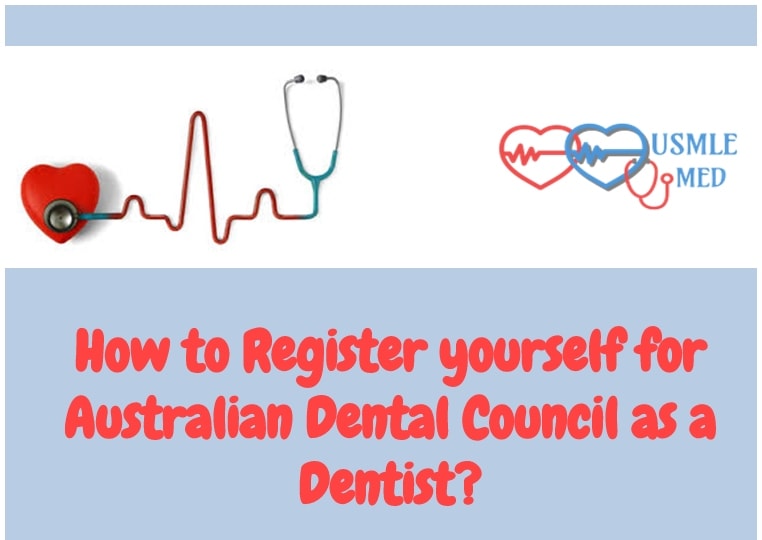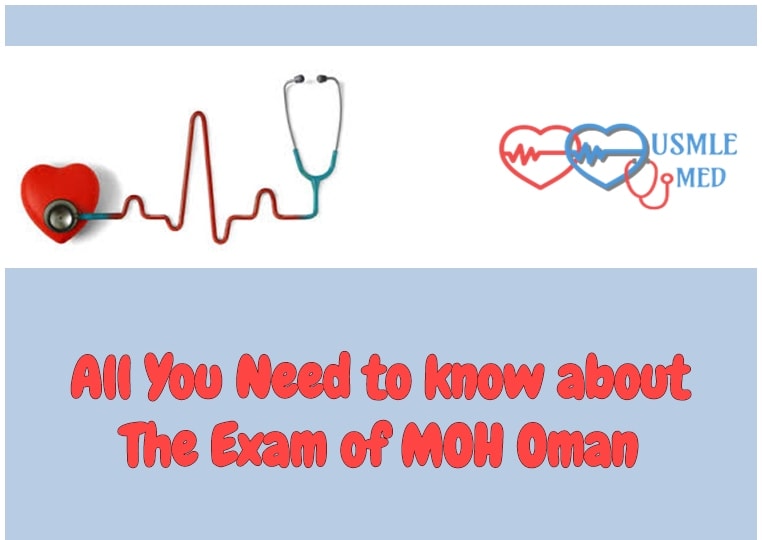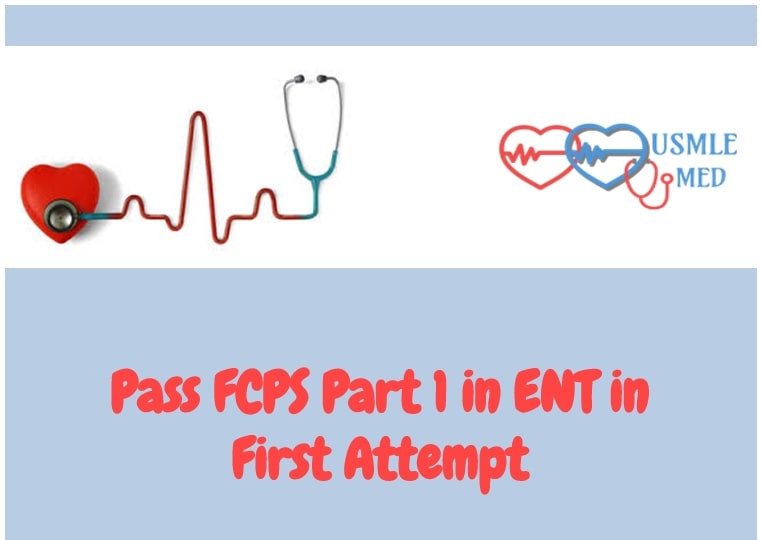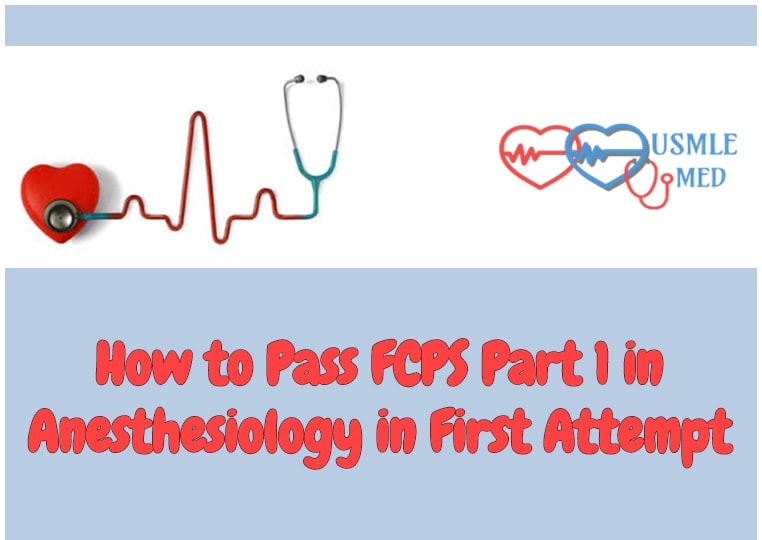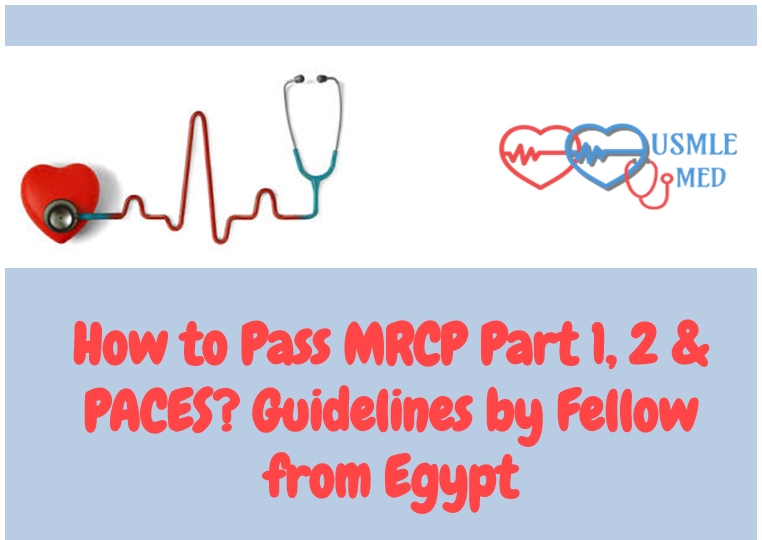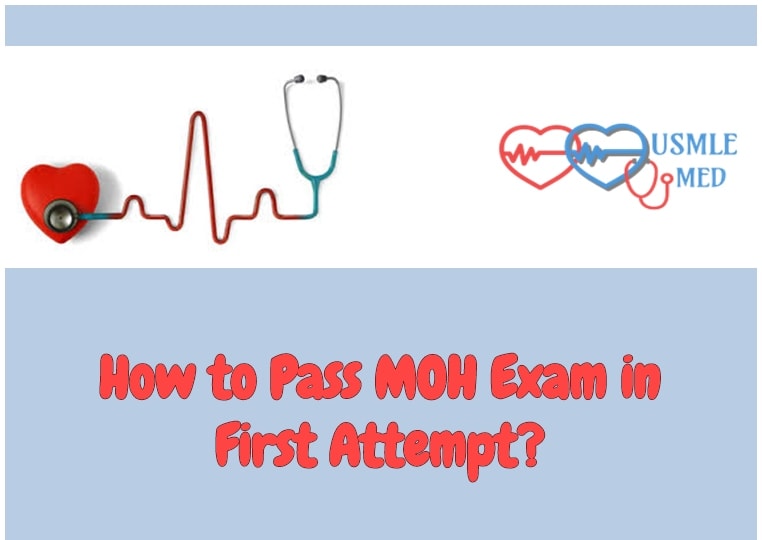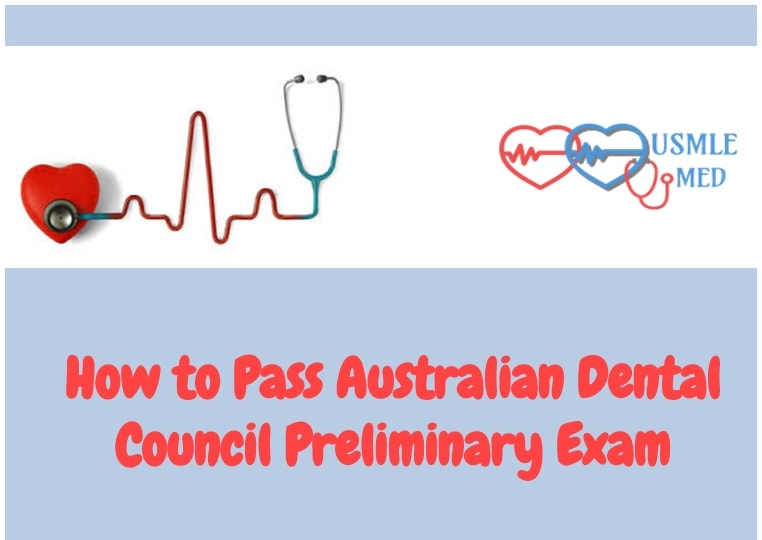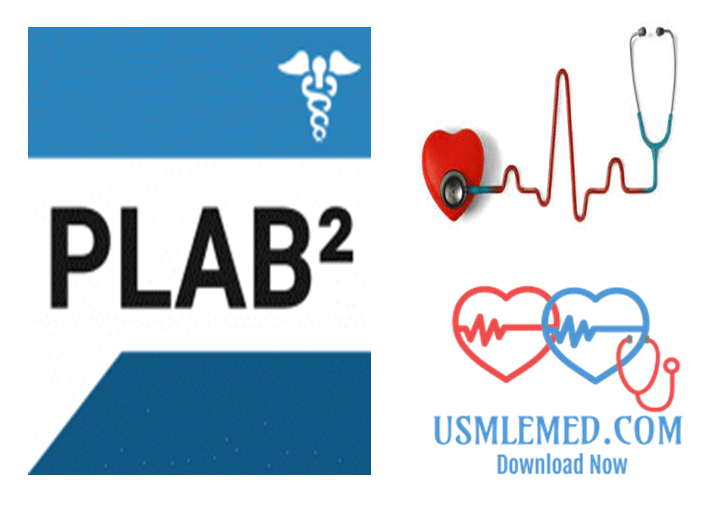Syllabus of ORE Part 1
Today we will share Syllabus of ORE Part 1 so that you get idea how to prepare for Exam.
ORE Part 1
Part 1 is designed to test candidates’ application of knowledge to clinical practice.
| Cost | Venue | Capacity |
| £806 | King’s College London | 200per exam |
It consists of two computer-based exam papers:
-
Paper A covers clinically applied dental science and clinically applied human disease
-
Paper B covers aspects of clinical dentistry, including law and ethics and health and safety
Each paper lasts 3 hours and is made up of Multiple Short Answer questions (Extended Matching Questions and Single Best Answer Questions).
You must pass both papers in order to progress to Part 2.
You will be allowed four attempts for Part 1.
ORE Part 1 – Format:
Part 1 of the examination comprises two, 3-hour written papers, undertaken on a computer and is
made up of Multiple Choice Questions (MCQs) in the form of Extended Matching Questions
(EMQs) and Single Best Answer questions (SBAs).
Extended matching questions (EMQs):
Extended matching questions are grouped into themes. Each theme has a heading that tells you what the questions are about. Within each theme there are several numbered items. These are the questions and the problems you have to solve. There are examples in the next section. Begin by reading carefully the instruction that precedes the numbered items.
We recommend that you consider each of the numbered items and decide what you think the answer is. You should then look for that answer in the list of options. If you cannot find the answer you have thought of, you should look for the option which, in your opinion, is the best answer to the problem posed. For each numbered item, you can select only ONE of the options. On occasions you may feel that more than one option offers a credible answer. In such circumstances the examiners are looking for the single answer that isgenerally accepted to accord with current best practice or clinical guidelines.
In each theme there are more options than items, so not all the options will be used as answers.
Alternatively a given option may provide the answer to more than one item. For example, for two different scenarios the most likely diagnosis could be the same. In this case the option would be used more than once. The answers are NOT negatively marked and you are therefore advised to attempt all the questions.
Screen shot of first page.
The program has a bookmark feature with a button labelled B (Bottom left hand corner of the screen). When a question is bookmarked, this feature will allow you to return to and review an answer to a question during the examination, using the blue navigation arrows.

Example EMQs
Example 1 – appearances of oral tissue
The options provided below are diagnoses for conditions with characteristic appearances that may be recognised when examining patients’ mouths. For each clinical scenario described choose the single most likely diagnosis from the list of options.
Options list:
A. Circumvallate papillae
B. Filiform papillae
C. Fordyce spots
D. Leukoedema
E. Leukoplakia
F. Lingual tonsils
G. Mandibular tori
H. Palatal tori
Clinical scenarios:
1. Sebaceous glands visible as white or cream coloured spots up to 0.5mm diameter
usually present in the labial and buccal mucosa. C
2. Bilateral raised red lumps, which enlarge during viral infections, at the lateral
borders of the base of the tongue. F
3. A row of 8-12 pink/red lumps on the dorsum of the tongue at the junction of the
anterior two thirds and posterior third of the tongue. A
4. A milky white translucent whitening of the oral mucosa, commoner in black races
which disappears on stretching the mucosa. D
5. Bilateral bony hard swellings on the lingual aspect of the mandible in the premolar
regions.
Example 2 – Theme: current use of antibiotics
For each of the clinical scenarios described below, select the most appropriate course of
action/treatment for the patient from the options provided.
Options list:
A. Amoxicillin 125mg tds. for 3 days
B. Amoxicillin 250mg tds. for 7 days
C. Amoxicillin 3g single oral dose
D. Azithromycin 500mg 3 days
E. Erythromycin 125mg bd for 10 days
F. Metronidazole 200mg tds for 3 days
G. No antibiotic required
H. Tetracycline 250mg qds. for 3 days
Clinical scenarios:
1. A 50-year-old man with a prosthetic heart valve requiring a tooth extraction. There
is no other relevant medical history.
2. A 23-year-old woman presents complaining of ‘sore’, red, bleeding gums and
halitosis with clinical evidence of loss of interdental papillae and systemic upset.
3. A 55-year-old diabetic man with tender buccal and lingual swelling and
lymphadenopathy, associated with a grossly carious mandibular molar tooth. He
is allergic to penicillin.
4. An uncooperative 5-year-old child attends, with swelling of the right side of the
face resulting from an abscessed tooth. There is no significant medical history.
5. A 30-year-old man presents with acute pericoronitis associated with a left
mandibular third molar tooth. He is pyrexic and has trismus.
Single Best Answer questions (SBAs)
Single Best Answer questions are characterised by a question, which may be based on a clinical scenario, followed by a set of usually five possible answers. You are asked to choose the most appropriate answer from those provided.
Example SBAs
Example 1 – A patient attends for an extraction of a lower molar tooth. Following the administration of an inferior alveolar nerve block only, the patient complains of pain during the procedure. Which one of the following nerves is the most likely to be responsible for the perception of this pain?
- Facial
- Incisive
- Long buccal
- Marginal mandibular
- Mental
Example 2
Which one of the following local anaesthetic agents (at the correct dosage) is the most likely to provide the most prolonged analgesia?
- Articaine
- Bupivicaine
- Lidocaine (lignocaine)
- Mepivicaine
- Prilocaine
Example 3 – A 51-year-old man with chronic periodontal disease complains of polyuria, thirst and lethargy at his treatment review.
Which one of the following medical conditions is most likely to be associated with this history?
- Angina
- Cushing’s syndrome
- Diabetes mellitus
- Lymphoma
- Tuberculosis
Example 4 – A 4-year-old child experienced trauma to their upper deciduous incisors. Which one of the following is the most likely permanent consequence for the developing incisors?
- Dilacerated tooth
- Enamel hypoplasia
- Geminated tooth
- Hutchinson’s incisor
- Turner’s tooth
